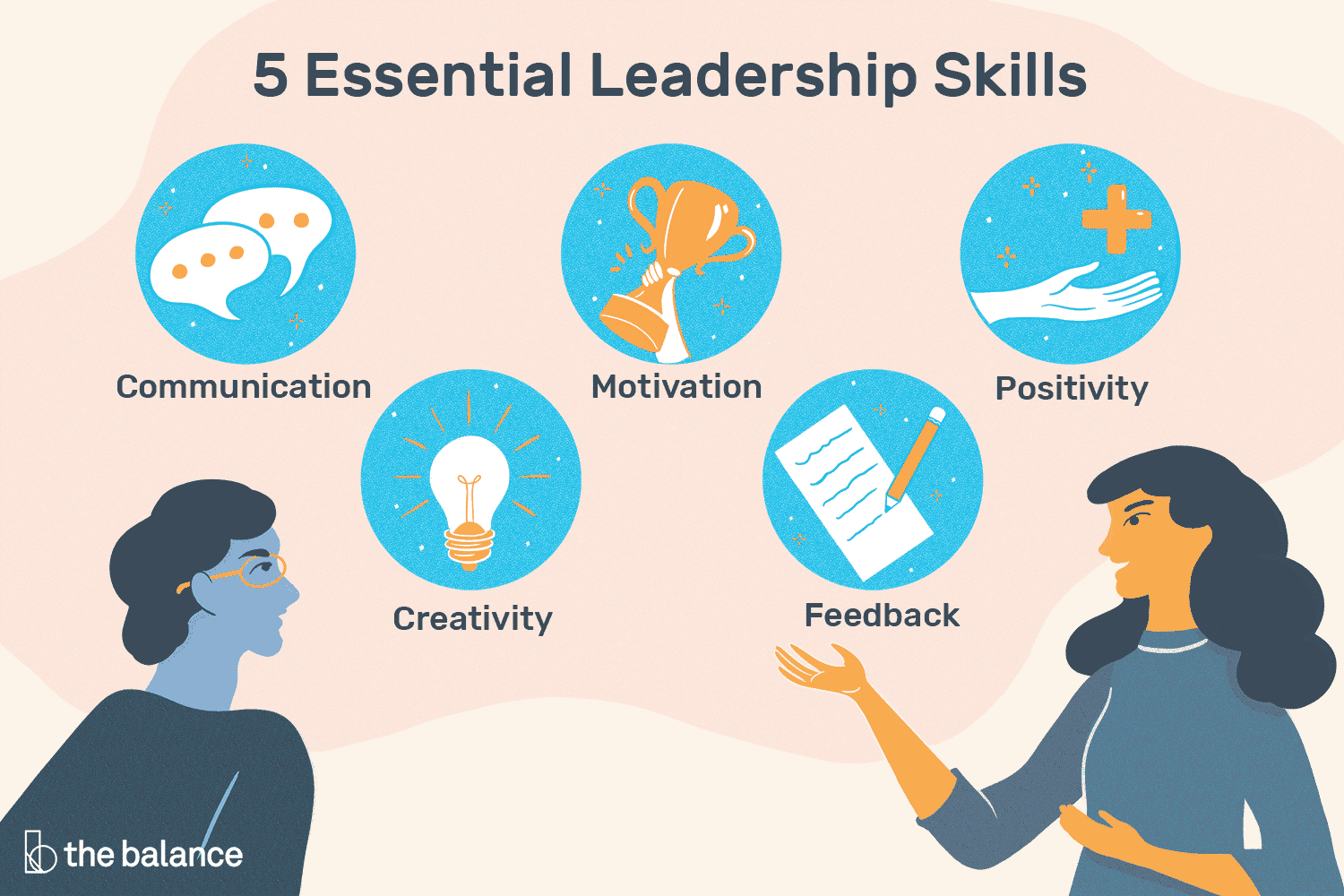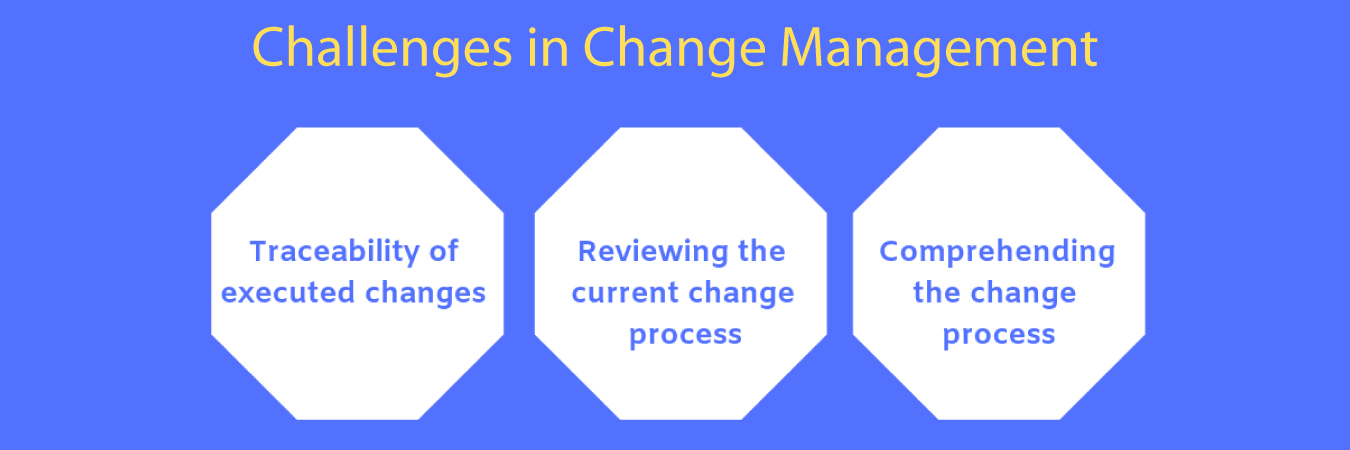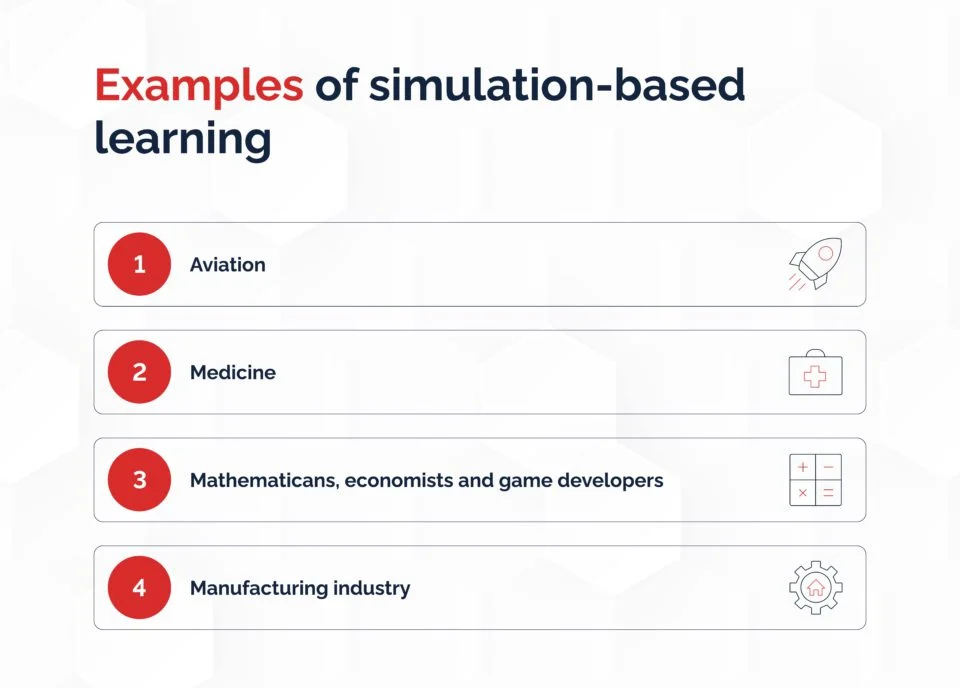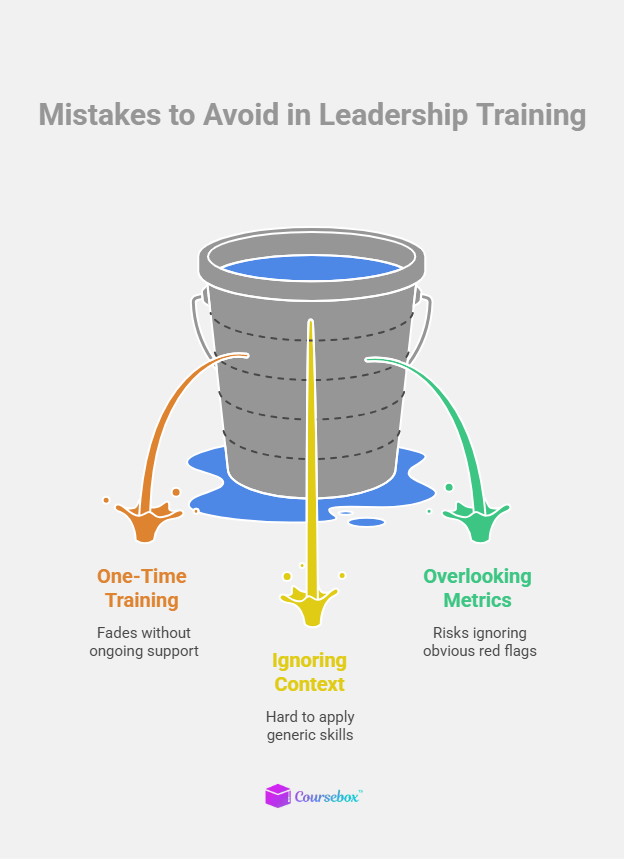What Is Leadership Training? A Guide to Building Strong Leaders
Are you wondering what is leadership training? Learn what leadership training is, why it matters, and how it shapes the leaders of tomorrow.
Are you wondering what is leadership training? Learn what leadership training is, why it matters, and how it shapes the leaders of tomorrow.

When people hear the phrase “leadership training,” they often picture a corporate seminar or a stack of management books. In reality, it’s much broader than that.
Leadership training is about shaping the way individuals think, act, and guide others. It gives rising leaders and experienced managers alike the tools to handle challenges and make decisions that move organizations forward.
At its best, it's not theory on a page but practice that changes how people show up every day. Below, we answer the question: What is leadership training? We also explain how to bring it to your organization.
Leaders are made, some by their life experiences and others by the training they receive in their organizations. Leadership training is a structured way to help people grow the skills needed to guide others.

It’s not limited to executives in corner offices. A new manager learning how to motivate a team or a project leader figuring out how to handle conflict can also benefit from leadership training.
The training itself can take many forms. Some programs focus on communication and show leaders how to give feedback that motivates instead of discourages. Others emphasize strategic thinking to teach leaders to balance short-term goals with long-term vision.
For example, a tech startup might invest in training its team leads to handle rapid growth. On the other hand, a school district could train principals to lead diverse groups of teachers. The idea behind both programs is to help individuals step into responsibility with confidence.
Leadership training not only builds individual confidence but also transforms how an entire organization functions. When leaders understand how to guide people through change, they create the conditions for progress and transforming the organization.
Here's how that manifests in the enterprise.
Organizational change is rarely easy. Teams can feel unsettled when new systems, processes, or expectations arrive.

Leadership training prepares individuals to manage that transition thoughtfully. Instead of pushing abrupt shifts, leaders learn to build a strategy and communicate expectations. This approach reduces friction and helps the organization continue to run smoothly while moving toward improvement.
Most change efforts stumble not because the plan is weak but because people hesitate to embrace it. Leadership training equips leaders with tools to handle resistance constructively.
For example, a trained leader knows how to open the floor to feedback and acknowledge valid concerns. They can then adapt strategies to keep the team engaged. These skills transform resistance from a barrier into a dialogue that can strengthen the final outcome.
Every organization depends on buy-in from both employees and external partners. Leadership training helps leaders recognize that different groups value different outcomes.
A team might prioritize a healthier workplace culture, while external stakeholders focus on financial performance. Through training, leaders learn how to demonstrate value to each audience and give employees ownership of their contributions.
The need for leadership development in organizations has heightened in the past few years. McKinsey reports that previously, CEOs focused on four to five major issues at a certain point in time. Now, that number has doubled.
In such a situation, strong leadership is a must-have. Here's how you can foster that within your organization.
First, take a look at where your leaders stand today. A gap analysis can reveal the skills your managers already have and the areas that require development. Maybe a team excels at operational efficiency but struggles with conflict resolution. That's your gap right there.

You can conduct surveys, performance reviews, and one-on-one interviews to get a snapshot of the leadership needs across the organization.
There are many types of employee training programs with regard to leadership. But how do you choose the right one? It depends on what you're hoping to achieve.
Organizations should decide upfront what success looks like. Do you want leaders who can drive digital transformation? Is the priority preparing managers to guide large-scale organizational change?
When you have clear objectives, you achieve two things. One, the program stays on track. Two, participants can see how their growth contributes to larger organizational outcomes.
The most effective training program is the one delivered using the format that participants are comfortable with. Different formats suit different goals, and blending several approaches often delivers the best results.
Workshops are valuable for building communication and teamwork skills, while one-on-one coaching helps individuals strengthen their unique leadership style. Online learning platforms provide flexibility for busy managers, and simulations or role-playing exercises can test decision-making in realistic scenarios.

You can also opt for a platform that supports multiple training formats. For example, Coursebox allows you to upload different content formats, from text to video. You can also add interactive features like quizzes and assessments to keep learners engaged. With the mobile app, learners are also free to learn at their own pace.


A leadership training program is unlikely to succeed without support from the top. When executives actively participate, such as by attending sessions, it signals that leadership growth is a priority.
Their involvement creates a ripple effect. Mid-level managers and frontline supervisors are more likely to commit when they see leaders at the highest level modeling the same behavior.
Training can lose impact if it feels disconnected from real responsibilities. The most effective programs weave learning into daily operations.
For example, after a workshop on giving constructive feedback, managers might be encouraged to practice with their teams immediately and then share reflections in follow-up sessions.
When you use this approach, you take leadership training from theory to practice. Leaders absorb new ideas and then test them in real scenarios to strengthen retention.
Leadership training is an investment, and like any investment, it should deliver measurable returns. Establish measurable metrics before the program begins and track them consistently.
These may include employee engagement scores, retention rates, team performance metrics, or the success rate of change initiatives. Suppose your program aims to improve collaboration. You can measure how cross-functional projects perform before and after training. Regular assessment keeps the program accountable.

Many leadership programs fail to deliver results because of avoidable missteps. Here are a few of those mistakes.
One common mistake is treating leadership training as a one-time event. A single workshop may spark interest, but it rarely changes behavior in the long run. Without ongoing support, participants slip back into old habits, and the investment fades quickly. Instead, you need to make leadership training continuous.
Generic programs that don’t address specific challenges leave participants struggling to apply what they’ve learned. For example, if your organization has remote teams, leadership training should account for it. Otherwise, the participants won't be able to apply their learning to remote employees. In short, training must connect directly to the organization’s goals and realities.
If you're not keeping an eye on progress, how would you know if training is even working? However, many organizations overlook this part of leadership training.
When you do not measure performance indicators, you risk ignoring obvious red flags. You'll also not know about possible opportunities or shortcomings. Instead, define metrics and review results regularly to keep the program effective.
Leadership training is meant to cultivate leadership in the workplace and create a culture of ongoing growth. The strategies we've discussed above can help address resistance and drive innovation in the organization.
Going forward, organizations that invest in leadership development will stand out. They'll have the capacity to adapt and progress over the long term, which is exactly what's needed to stay competitive.

With a tool like Coursebox, integrating leadership training in your organization becomes a breeze. Learn how to generate courses with AI to support leadership development.
Leadership training often focuses on communication, decision-making, conflict resolution, and strategic thinking. Programs may also include coaching techniques, emotional intelligence, and ways to motivate teams.
Many organizations tailor training to their industry’s unique challenges. Platforms like Coursebox facilitate this process through quick, AI-assisted course generation, real-time learner assistance, interactive elements, gamification, and industry compliance.
Leadership training isn’t limited to executives. New managers, project leaders, and even employees preparing for future leadership roles benefit from it. Any individual responsible for guiding others or influencing organizational direction can participate.
Digital platforms make leadership training more interactive and accessible. Tools such as virtual simulations and AI-generated assessments personalize learning experiences. For example, platforms like Coursebox help organizations design engaging courses quickly, which helps scale leadership development.
The duration depends on the format and objectives. Some programs are short workshops that last a few days, while others may extend across months with ongoing coaching or online modules.
